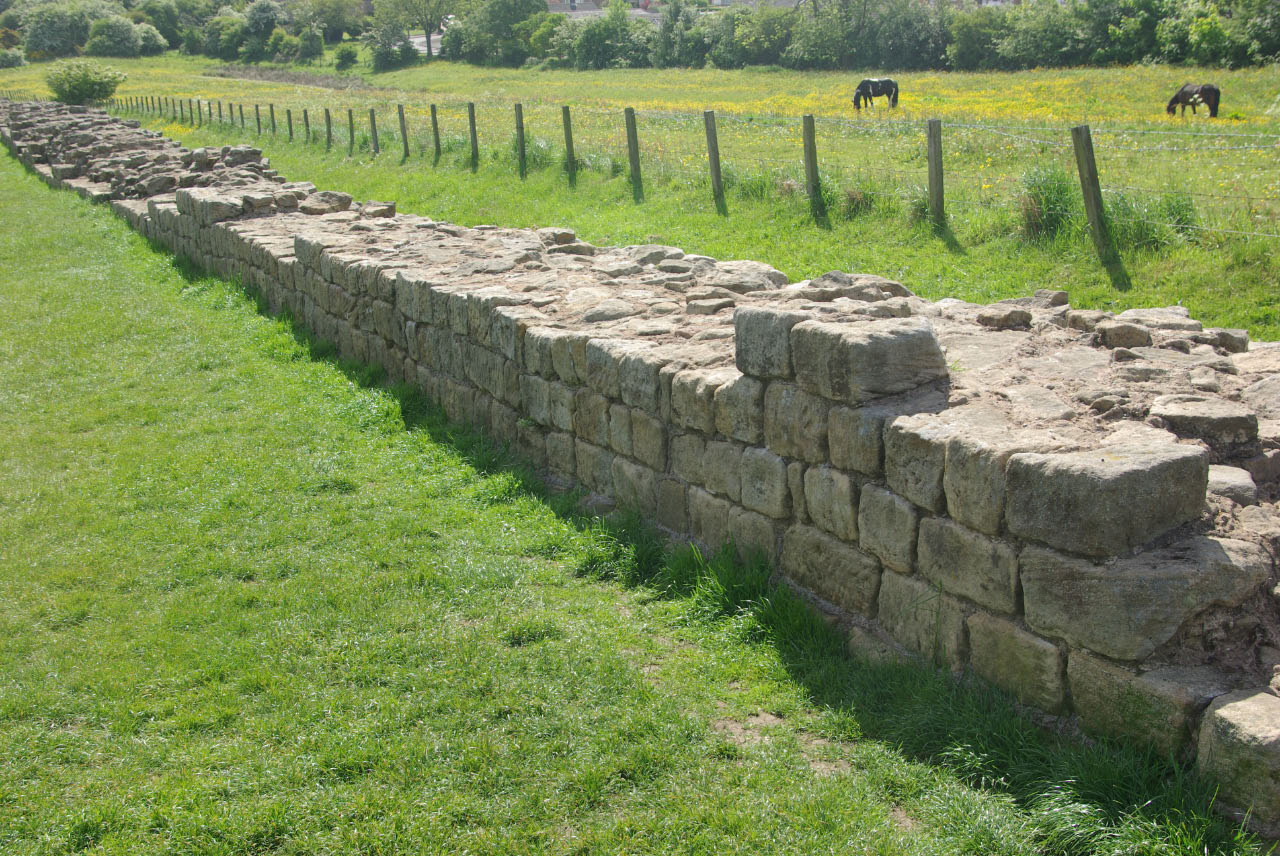|
Heddon-on-the-Wall
Heddon-on-the-Wall is a village in Northumberland, England, located on Hadrian's Wall. Heddon-on-the-Wall is roughly west of the centre of Newcastle upon Tyne, and just outside Throckley. The place-name 'Heddon' means 'hill where heather grew'. Etymology The place-name ' Heddon on the Wall' is first attested in the Pipe Rolls for 1175, where it appears as ''Hedun''. It appears as ''Heddun'' in 1262 and as ''Hedon super murum'' ('Heddon above the wall') in 1242. The name comes from the Old English ''hæth-dūn'', meaning 'hill where heather grew'. The name should not be confused with that of East Heddon and West Heddon, where the name means 'Hidda's pasture'. History A Roman milecastle ('Milecastle 12') was located at the site of the present-day village, under what is now Town Farm, but no traces of it are currently visible. Prior to the 1960s, Heddon-on-the-Wall was a small village with an economy based strongly on traditional industry including farming and coal mining. ... [...More Info...] [...Related Items...] OR: [Wikipedia] [Google] [Baidu] |
Heddon On The Wall Railway Station
Heddon-on-the-Wall railway station served the village of Heddon-on-the-Wall, Northumberland Northumberland () is a ceremonial counties of England, county in Northern England, one of two counties in England which border with Scotland. Notable landmarks in the county include Alnwick Castle, Bamburgh Castle, Hadrian's Wall and Hexham Ab ..., England from 1881 to 1958. History The station opened in July 1881 by the Scotswood, Newburn and Wylam Railway. It was situated where Station Road (southeast of Heddon village) meets the National Cycle Route, which follows the railway trackbed. Lemington colliery had to be moved north to accommodate the up platform. Nearby were Heddon Colliery and firebrick works, Bank Farm and Sir John Jackson sidings. In 1911, 14,124 tickets were sold but this dropped to 2,428 in 1951. The station closed to both passengers and goods traffic on 15 September 1958. References External links Disused railway stations in Northumberland Former ... [...More Info...] [...Related Items...] OR: [Wikipedia] [Google] [Baidu] |
